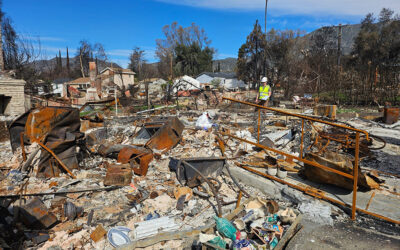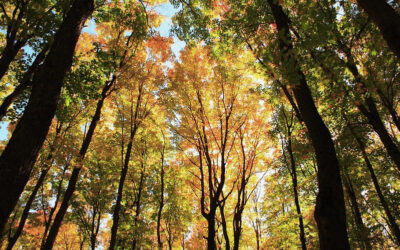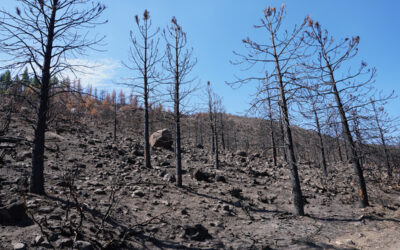DRI scientists deployed to Los Angeles to collect ash, soil, and dust samples from burn zones in the hopes of illuminating the unique risks of wildland-urban fires. These urban fires presented a unique opportunity to understand how materials like plastics, metals, and even lithium batteries from electric cars can transform into environmental contaminants when they burn.
DRI’s Hans Moosmuller on Antarctic Expedition to Investigate the Impacts of Pollution Near the South Pole
Hans Moosmuller, Ph.D., joins two Chilean scientists from the Center for Environmental Technologies (CETAM) of the Universidad Tecnica Federico Santa Maria on an expedition to Antarctica’s Unión Glacier, located just a thousand kilometers from the South Pole.
DRI Scientist Contributes to New Research on Toxic Mercury Deposition in Forests
Mercury is deposited from the atmosphere into forests worldwide in greater quantities than previously thought, according to new research led by former Desert Research Institute (DRI) scientist Daniel Obrist (currently with University of Massachusets, Lowell) and a team that included Hans Moosmüller of DRI in Reno.
Does Cold Wildfire Smoke Contribute to Water Repellent Soils in Burned Areas?
After a wildfire, soils in burned areas often become water repellent, leading to increased erosion and flooding after rainfall events.



